Your Pillow Might Be the Real Reason Your Neck Hurts. Here’s How to Fix It.
I’ve seen it a thousand times: people show up dealing with nagging neck and shoulder pain. They’ve tried everything—stretches, new desk chairs, you name it. But when you ask about the one thing they use for eight hours a night, their pillow, you get a blank stare. It’s wild, right? We spend a third of our lives sleeping, yet we put more thought into our running shoes than the thing cradling our head.
In this article
Let’s be clear: a pillow isn’t just a fluffy square for comfort. It’s a critical piece of equipment for your health. The wrong one can force your neck into a weird angle all night, straining muscles and basically undoing any good you did during the day. But the right one? It’s your silent partner in recovery, letting your muscles finally relax and helping you get that deep, restorative sleep your body is craving.
This isn’t about some miracle product or fancy marketing. This is the practical, hands-on advice I share to help people find real relief. We’re going to get into the nitty-gritty of what actually matters.
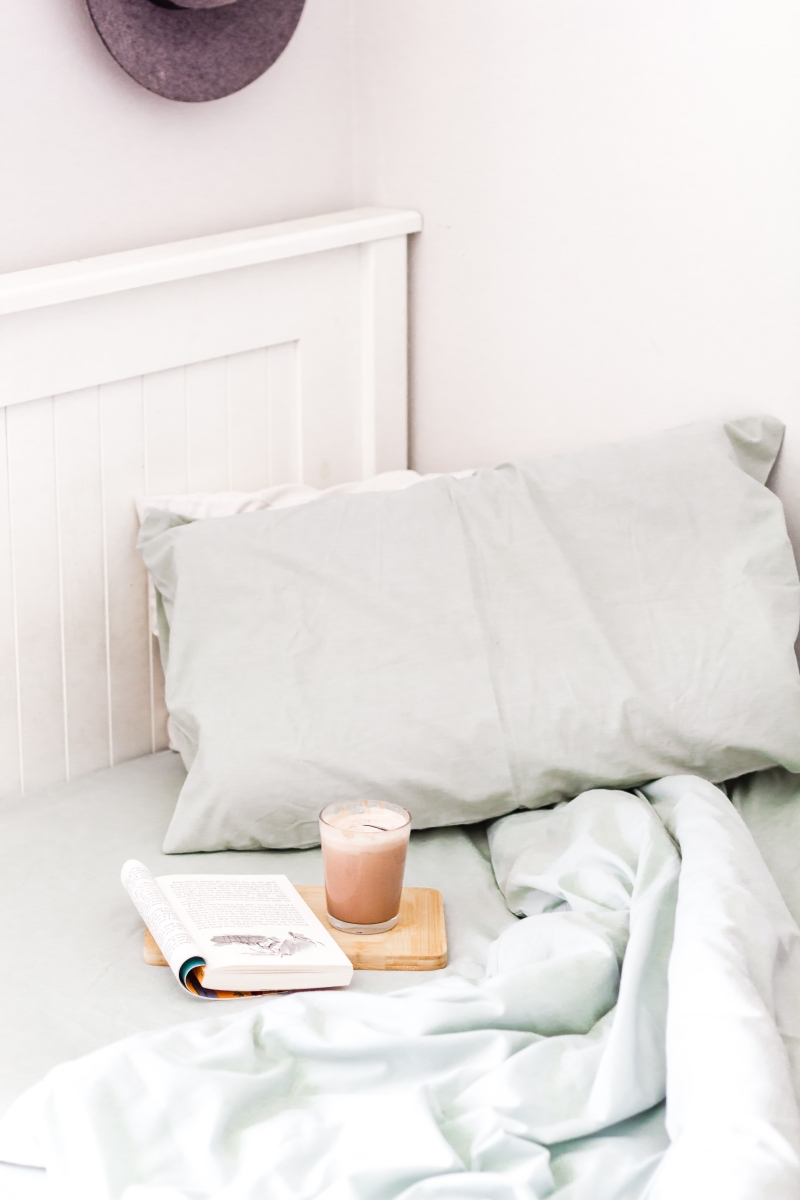
First, Let’s Understand the Goal: A ‘Neutral’ Spine
Before we even think about memory foam or feathers, we need to get one thing straight. Your head is heavy—think of a 10 or 11-pound bowling ball. Your neck muscles work hard all day to keep it balanced. Nighttime is their only chance to clock out and repair. A pillow’s number one job is to hold your head in a “neutral” position so they can do just that.
So what does ‘neutral’ actually mean? It just means the natural curve of your neck lines up straight with the rest of your spine. Picture yourself standing with perfect posture; that’s the position we want to mimic when you’re lying down.
- For you side sleepers: The goal is to keep your head from tilting up or down. Imagine a line from the middle of your forehead to your chin—it should be perfectly parallel to the bed. A pillow that’s too high cranks your neck upward; too low and it droops down. Both are bad news.
- For the back sleepers: Your pillow should fill the gap between your neck and the mattress, keeping your face aimed at the ceiling. It shouldn’t push your chin to your chest or let your head fall too far back.
- And for my stomach sleepers: Honestly, this is the toughest position for your neck. You have to twist your head to the side just to breathe, which puts a ton of stress on your spine. If you can’t break the habit, the key is to use a super thin, soft pillow—or even no pillow at all—under your head. Quick tip: A lot of stomach sleepers find more relief by putting a flat pillow under their stomach and hips. It helps keep the lower back from arching, which is a common source of pain.
Getting this concept changes everything. You stop shopping for a “soft pillow” and start searching for the right tool for the job.

The Big Three: Loft, Firmness, and Size
Okay, let’s get practical. Pillow shopping really boils down to three main things. Nail these, and you’re 90% of the way there.
1. Loft (The Height of Your Pillow)
This is, without a doubt, the most important factor. Loft is simply the pillow’s height. It’s what bridges the gap between your head and the mattress.
- Low Loft (under 3 inches thick): This is almost exclusively for stomach sleepers to keep the head as flat as possible.
- Medium Loft (3 to 5 inches thick): This is the sweet spot for most back sleepers. It’s also a good starting point for side sleepers with smaller frames or those with a very soft mattress that they sink into.
- High Loft (over 5 inches thick): This one’s for the side sleepers. You need that height to fill the space created by your shoulder. Broader shoulders mean you’ll need a higher loft.
Heads up! A lot of people are actually combination sleepers, meaning they toss and turn from their side to their back. If that’s you, a medium-loft pillow is often the safest bet, as it’s a decent compromise. Even better, look for an adjustable-fill pillow (we’ll talk more about those in a bit) so you can customize it perfectly.

Want a pro-level measurement for side sleeping? Lie down and have a friend help. Grab a ruler and a book. Place the book flat on the mattress right up against your shoulder, and then measure the distance from the top of the book to your ear. That number is a fantastic starting point for the loft you need.
2. Firmness (How Much It Pushes Back)
Firmness is different from loft. It’s all about how much your head sinks in. You want something that supports your head without creating uncomfortable pressure.
- Soft: These pillows, often down or a fluffy down-alternative, feel amazing at first. But for many people, especially side sleepers, they collapse overnight and don’t provide enough support.
- Medium: A great all-rounder, especially for back and combination sleepers. Think shredded memory foam or latex. It offers a nice balance of contouring comfort and reliable support.
- Firm: These pillows, like solid memory foam or buckwheat, offer the most resistance. They’re excellent for side sleepers who need to maintain a consistent height all night. The only risk is they can sometimes be too hard on the ear or jaw.
I remember a client—a big guy who was a dedicated side sleeper—who swore by his ultra-soft down pillow but had constant neck stiffness. He loved the sinking feeling, but by morning, the pillow was flat as a pancake, and his head had been drooping for hours. We switched him to a medium-firm latex pillow. He called it a ‘bouncy brick’ for the first two nights. But on the third morning, he called to tell me he’d woken up pain-free for the first time in ages. His neck muscles were just used to being strained! It took a few nights for them to unlearn that bad habit and accept proper support. So, don’t give up on a good pillow too soon!
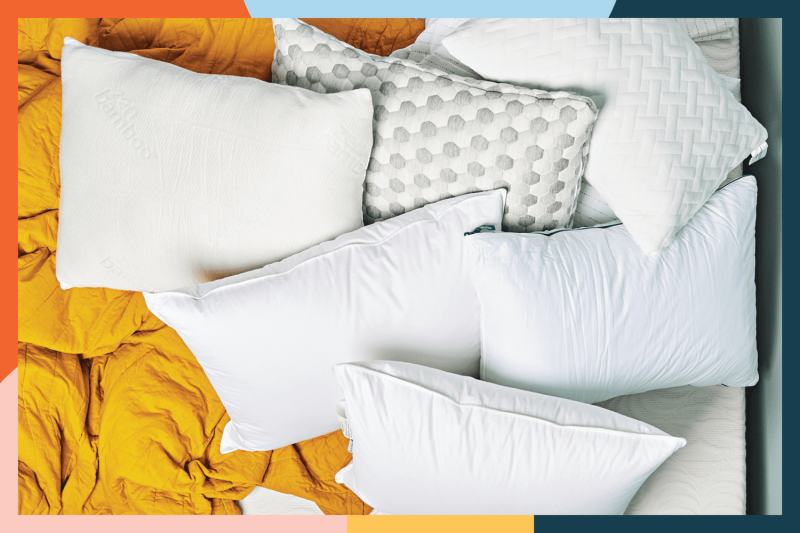
3. Size
This is more straightforward. A standard size (20 x 26 inches) works for most people. If you move around a lot, a Queen (20 x 30 inches) gives you extra real estate. King-sized pillows are mostly for looks on a king bed; you don’t usually need the extra length.
By the way, body pillows are a game-changer for side sleepers. Hugging one can support your top leg and arm, which keeps your spine from twisting. They’re amazing for anyone with hip or low back pain.
Pillow Guts: A Breakdown of What’s Inside
The fill material dictates the feel, support, durability, and cost. There’s no single ‘best’ material, just the best one for you.
Memory Foam
This stuff is famous for how it molds to your shape, offering fantastic pressure relief. It comes in solid blocks (often contoured for the neck) or shredded. Shredded foam is way more breathable and lets you shape the pillow yourself.
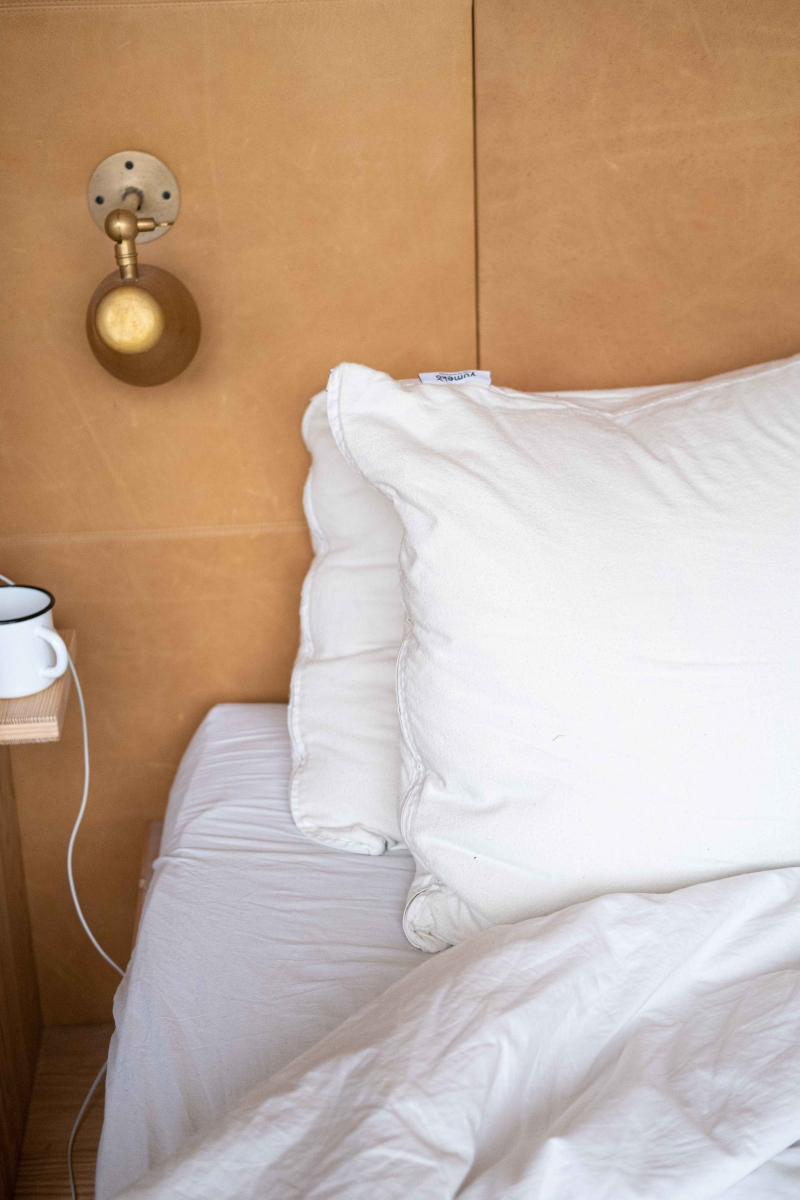
- The Vibe: A slow, deep sink that feels like your head is being ‘cradled.’
- Best For: Side and back sleepers who need serious contouring support.
- The Price Tag: Expect to pay between $50 and $90 for a good one.
- The Catch: It can sleep hot, though many modern versions have cooling gels or ventilation. Good to know: Look for a CertiPUR-US® certification to ensure it’s made without nasty chemicals.
Latex
Made from the sap of rubber trees, latex is a natural and super durable foam. It’s more responsive and bouncy than memory foam—you sleep ‘on’ it, not ‘in’ it.
- The Vibe: Bouncy, responsive, and supportive.
- Best For: People who want a durable, breathable pillow and don’t like the sinking feeling of memory foam.
- The Price Tag: Usually a bit pricier, from $80 to over $150.
- The Catch: It’s heavy, and some find the bouncy feel a little weird at first. Heads up: If you have a latex allergy, this is a hard pass.
Down and Feathers
The classic luxury fill. ‘Fill power’ is the key metric here—a higher number (700+) means a fluffier, longer-lasting pillow. More down means softer; more feathers add firmness.

- The Vibe: Incredibly soft, light, and easy to mold.
- Best For: People who want a luxurious, cloud-like feel and are willing to fluff it daily.
- The Price Tag: Can range wildly from $70 to $250+ depending on the fill power.
- The Catch: It compresses overnight, so the support can be inconsistent. It also requires regular fluffing and can be an issue for allergy sufferers.
Down Alternative (Polyester)
This is the budget-friendly, hypoallergenic version of down. It’s what you’ll find in most pillows at big-box stores.
- The Vibe: Soft and lightweight, but doesn’t have the airy quality of real down.
- Best For: People on a tight budget or those with severe allergies.
- The Price Tag: Very affordable, typically $20 to $60.
- The Catch: It has the shortest lifespan by far. It clumps and flattens quickly, often needing replacement in a year or two. To be frank, I usually see this as a temporary fix.
Buckwheat Hulls
A traditional fill of interlocking seed casings. It’s firm, moldable, and makes a rustling sound when you move.
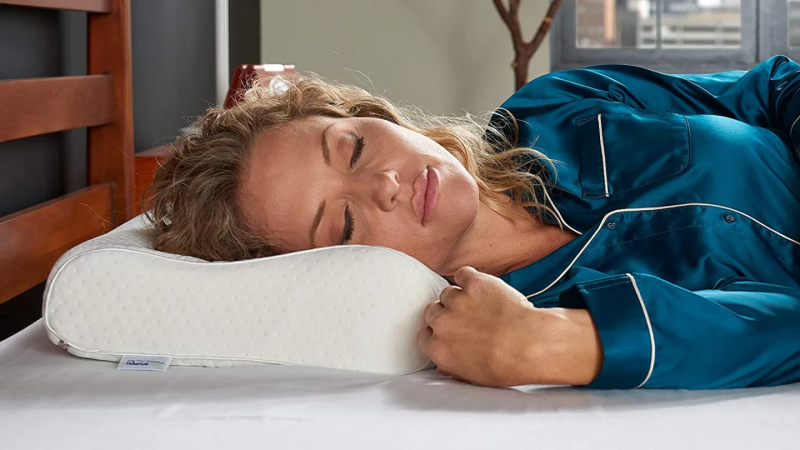
- The Vibe: Firm, grainy, and supportive, almost like a beanbag for your head.
- Best For: Hot sleepers and anyone who has failed to find support from any other material.
- The Price Tag: A solid one will run you about $50 to $100.
- The Catch: It’s heavy, noisy, and the firm texture isn’t for everyone. But for the right person, it’s a total game-changer.
The Smart Way to Shop & The Power of a Trial Period
Here’s the thing: you can’t know if a pillow is right for you in five minutes at a store. That’s why the sleep trial is your best friend. Look for brands that offer at least a 30-night trial, though 100 nights is even better. This gives your body a real chance to adjust.
Many online brands like Coop Home Goods, Purple, or Saatva are famous for their generous trial periods and return policies. Adjustable-fill pillows (usually shredded foam or buckwheat) are another fantastic option because they let you add or remove stuffing to create a custom height. It takes the guesswork out and is probably the best solution for combination sleepers or anyone who’s really picky.
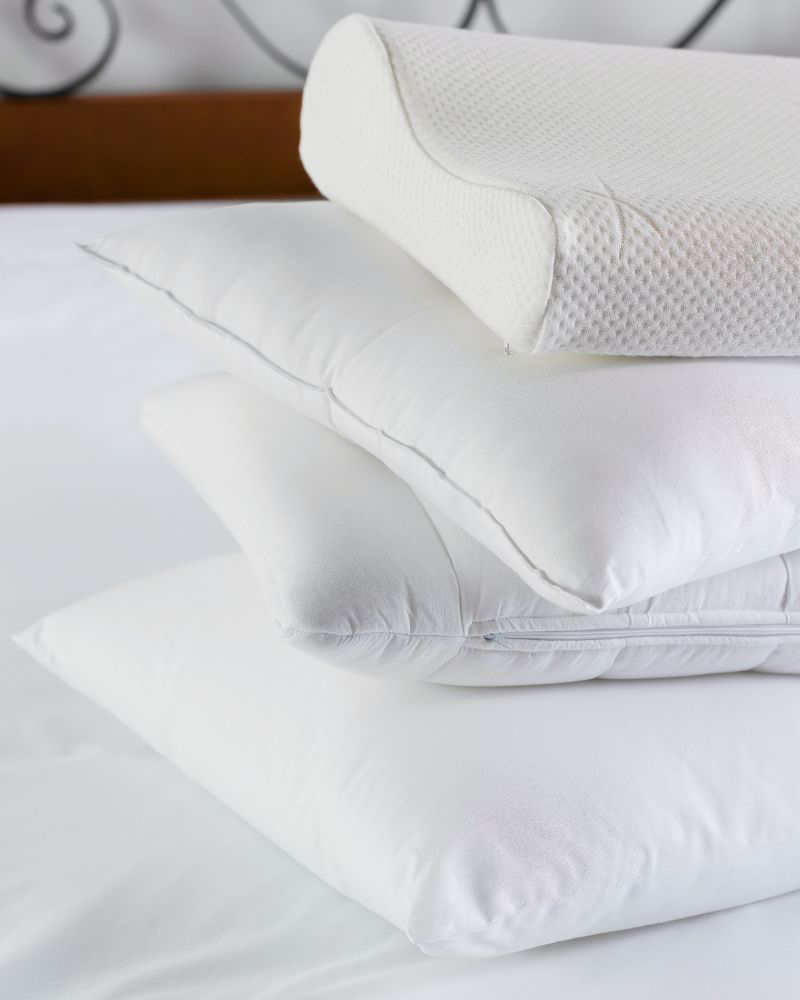
Can’t afford a new pillow right now? Here’s a quick win: If you’re a side sleeper and your pillow is too flat, try folding it in half tonight. It’s not a permanent solution, but it’ll show you what a difference proper height can make.
Don’t Forget: Pillow Care and When to Say Goodbye
Pillows don’t last forever. They collect oils and skin cells, and the fill breaks down, losing its ability to support you.
Try the fold test: Fold a synthetic or down pillow in half. If it springs back, it’s still good. If it stays folded, it’s dead. As a general rule, polyester pillows last 1-2 years, while memory foam, latex, and buckwheat can go for 3-5 years or more.
A pillow protector is a non-negotiable. It’s a zippered case that goes under your pillowcase, and it will dramatically extend the life of your pillow by keeping it clean.

And a crucial final point: A pillow can solve a lot of problems, but it’s not a cure-all. If you have persistent pain, numbness or tingling in your arms, or killer headaches, please go see a doctor or physical therapist. It could be a sign of something more serious that a new pillow just can’t fix. Your well-being is worth it.
Inspiration:
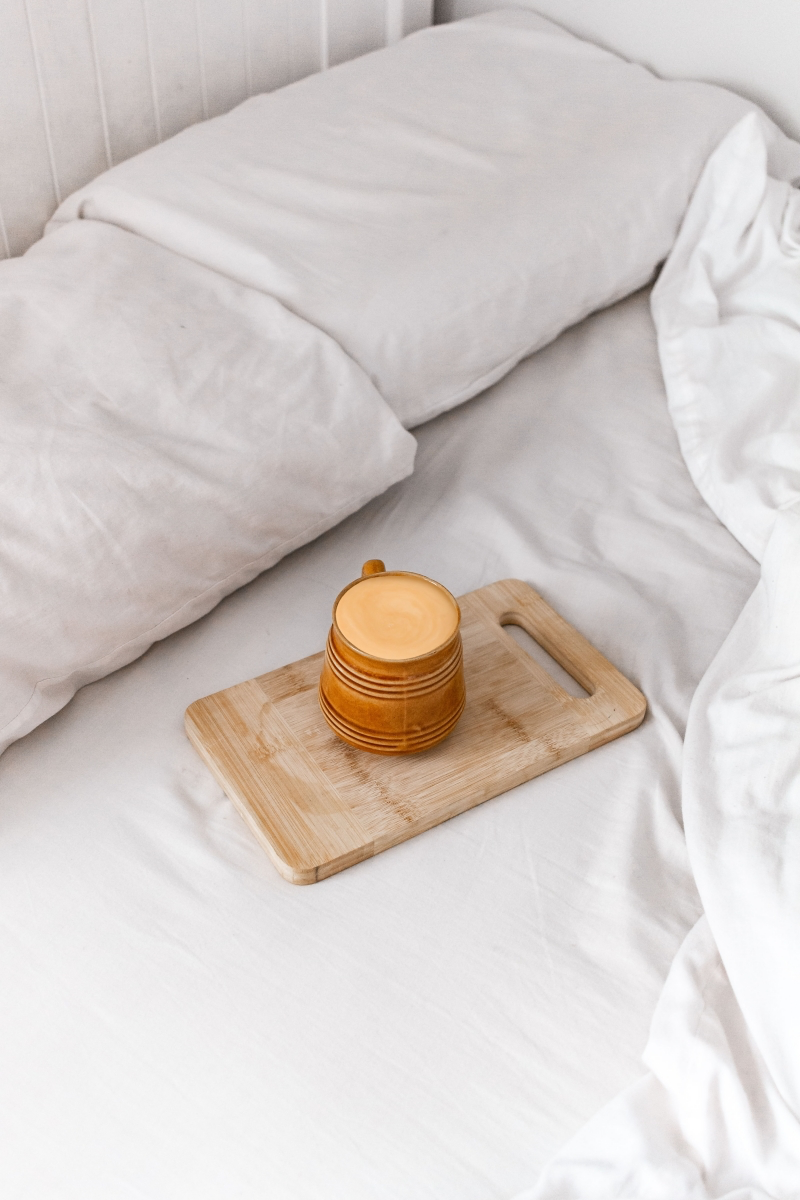

Memory Foam: This material is all about contouring. It molds to the unique shape of your head and neck, offering personalized support that minimizes pressure points. It’s ideal if you crave that ‘sinking-in’ feeling. Brands like Tempur-Pedic excel here, but be aware that some models can retain heat.
Buckwheat Hulls: Think of a firm, breathable beanbag for your head. The natural hulls interlock to provide solid support, and you can add or remove them to get the perfect height. They don’t trap heat, making them a fantastic choice for hot sleepers who want adjustable, natural support.
The best choice depends on whether you prioritize adaptive cushioning or firm, cool adjustability.
According to sleep experts, the average pillow should be replaced every 1 to 2 years.
It’s not just about hygiene. Over time, a pillow loses its loft and supportive qualities, becoming a flat, unhelpful pad. This collapse means it can no longer maintain that crucial neutral spine alignment, directly contributing to the very neck strain you’re trying to avoid. A simple test? Fold your pillow in half. If it doesn’t spring back, it’s time for a replacement.










